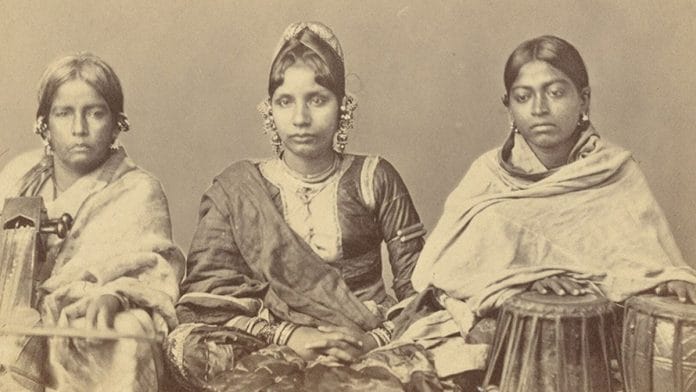A photographic album made in 1874 in Calcutta (now Kolkata), The Beauties of Lucknow consists of twenty-four portraits of women employed in the court of the princely state of Awadh (or Oudh) in northern India. Although the album is unsigned, its photographs and authorship have been attributed to the Indian photographer Darogah Abbas Ali, who wrote introductions for its English and Urdu editions both.
With handwritten introductions and hand-pasted photographs, the album was produced as a luxury item, with no more than a few copies, and suggests an aesthetic link to the Mughal muraqqa tradition of illustrated albums. The extant English copies are today scattered across four collections, while part of an Urdu copy is housed in a fifth, and one Urdu copy in its entirety is held in a sixth.
The full title of the album as it appears in the English edition is ‘The Beauties of Lucknow Consisting of Twenty-Four Selected Photographed Portraits, Cabinet Size, of the Most Celebrated and Popular Living Histrionic Singers, Dancing Girls, and Actresses of the Oudh Court and of Lucknow’. The Urdu edition is titled Haseenain-e Lucknow.
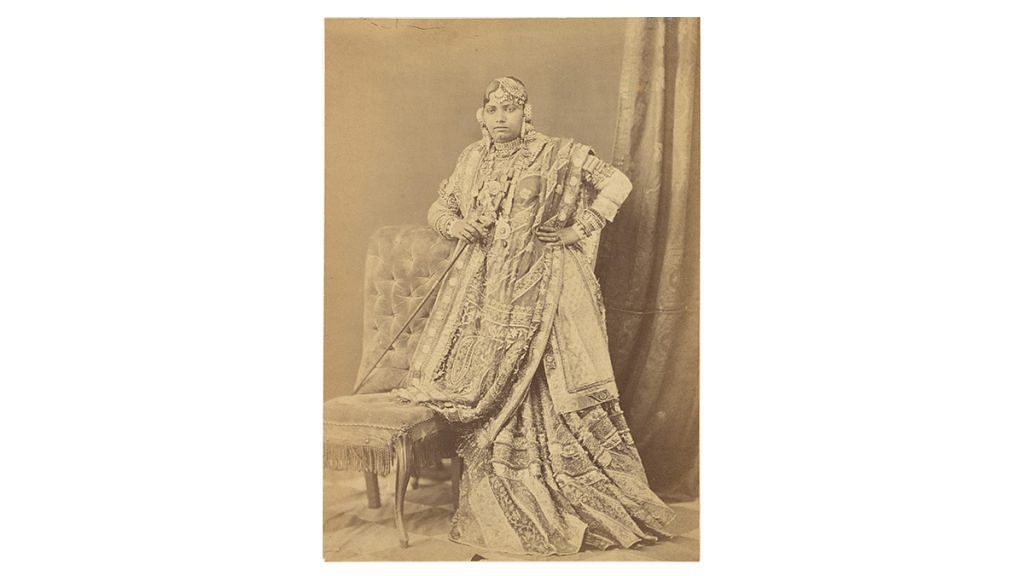
In 1856, the kingdom of Awadh was annexed by the British East India Company, according to whom it was being ruled poorly by Wajid Ali Shah, a king known for his patronage of the arts, particularly theatre and courtesan culture. Despite its denunciation of the king, the Company continued to hold a fascination with his legendary court; this prompted it to engage a photographer to capture and preserve the vitality and mystic appeal of royal courtly entertainment for posterity, in the form of a photographic album.
The album features individual portraits of performers known as tawaifs — each of whom assumed the role of singer, courtesan, dancer as well as actor — at the Lucknow court, with a particular emphasis on those who regularly enacted the popular Urdu work Indar Sabha.
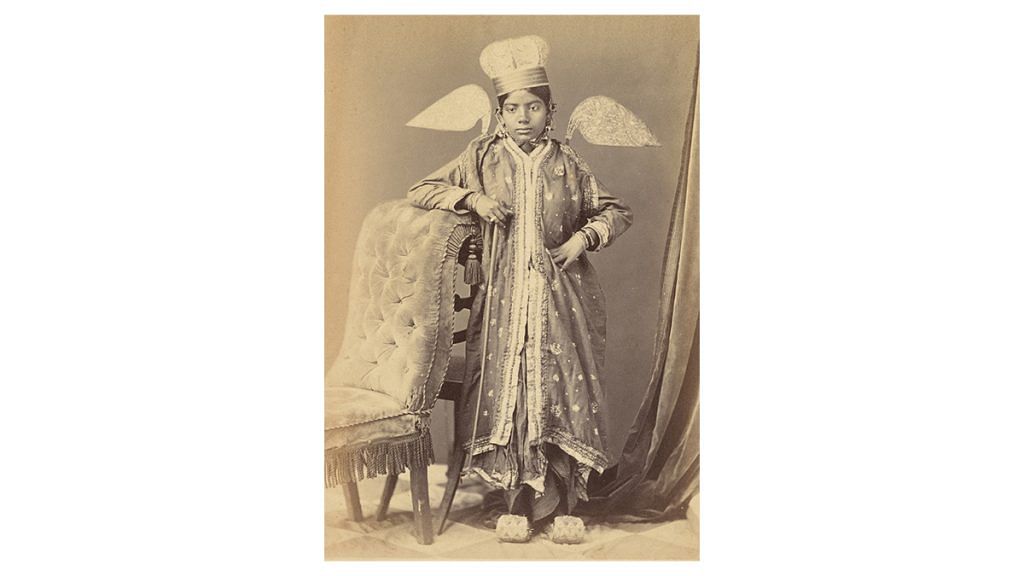
The photographs in The Beauties of Lucknow appear to have been taken in a studio setting. They are printed in a cabinet card format (15 x 10.9 cm) as albumen prints and hand-pasted into albums. The larger size of these photographs, as compared with the carte de visite format common at the time, is all the more notable because the women’s faces are uncovered in all the images — something considered inappropriate at the time, especially for Muslim women. While the women photographed are the same across the extant copies, their poses and angles differ slightly between copies of the album, suggesting that Ali captured and printed multiple shots from each session with his sitters.
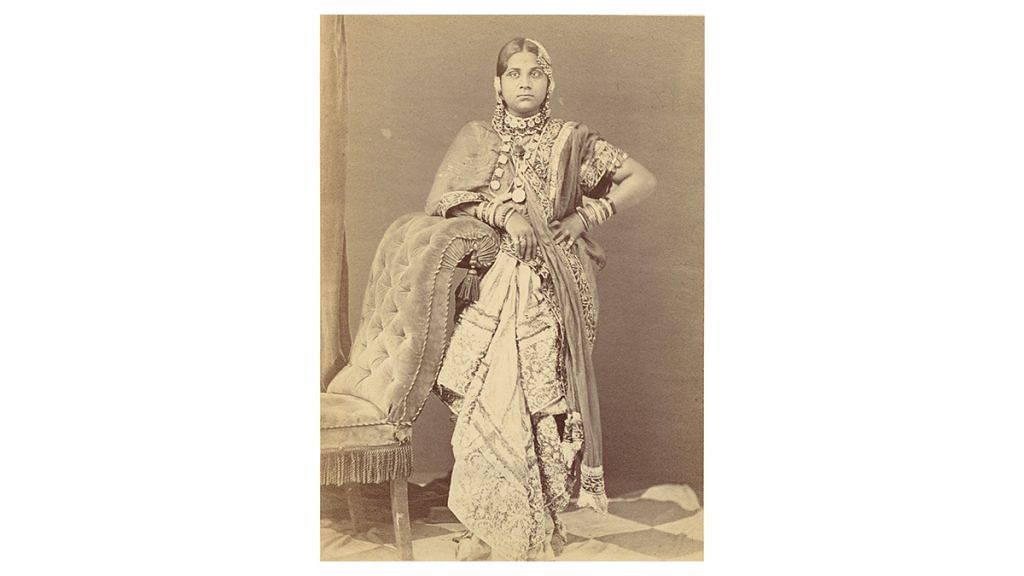
Also read: How feminism shaped Indian art
These differences, as well as the handwritten introductions, highlight the uniqueness of each copy, indicating the album’s nature as an item of luxury. The distinct introductions in the English and Urdu editions reinforce ideas of oriental luxury for the British public on the mainland while providing material memories of a gloried past for the Indian elite. It is believed that Ali attempted, through these albums, to advance the Indian cultural ethos (especially regarding women courtesans) as an alternative to the prevailing Victorian model.
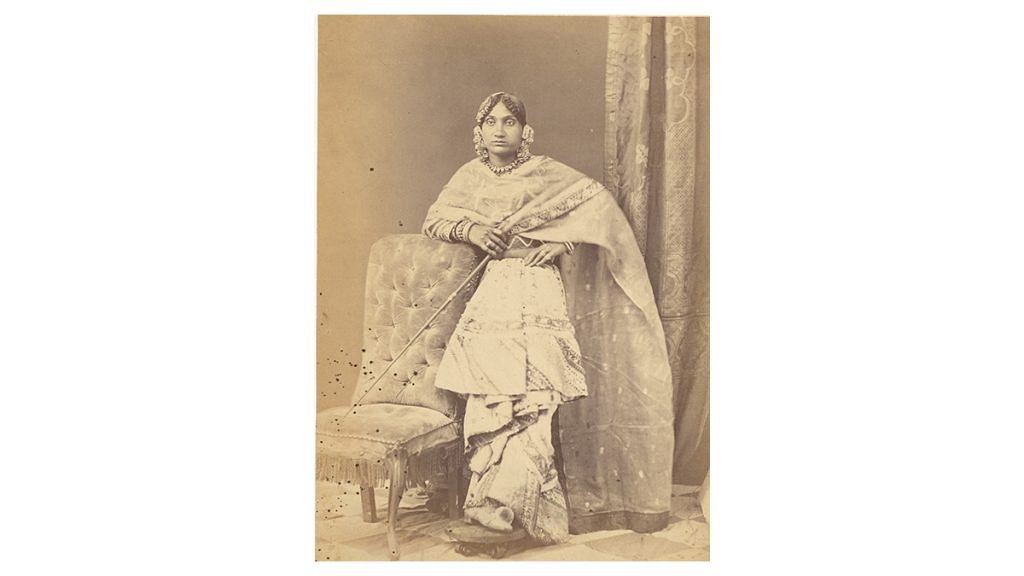
It is known that following the annexation of Awadh, the tawaifs of the former king’s court, who had some of the highest incomes in the city and exerted much cultural influence, either fled or accompanied the king into exile, while subsequent performers lived in relative impoverishment under the new Victorian moral code.
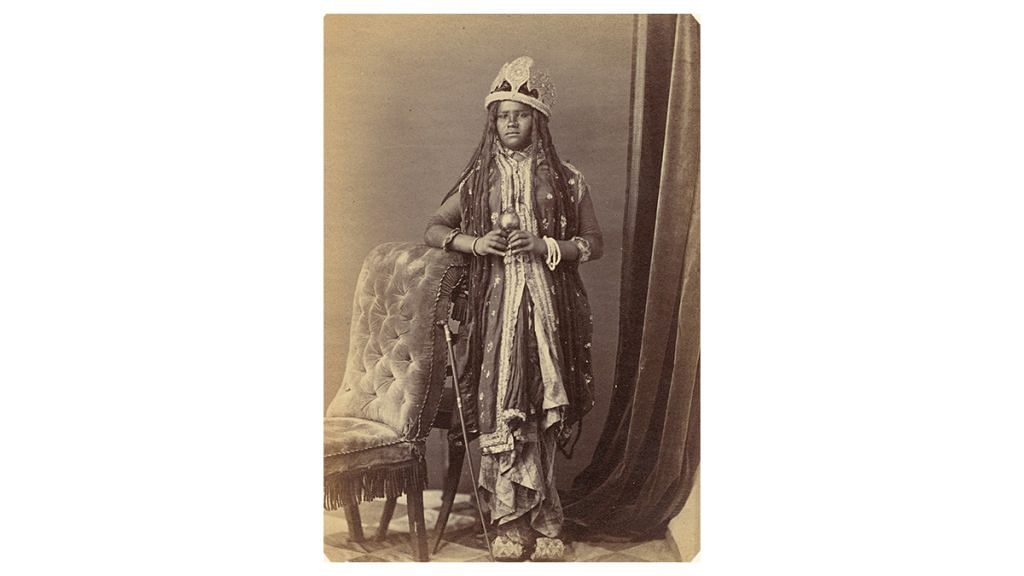
Therefore, despite its mandate to reenact history, this photographic project could only go so far as to reimagine a lost era with the only remaining actors at its disposal. Lastly, when the surviving copies of the book are compared, a few of the women appear to have been given different names across copies, even after allowing for variations in spelling.
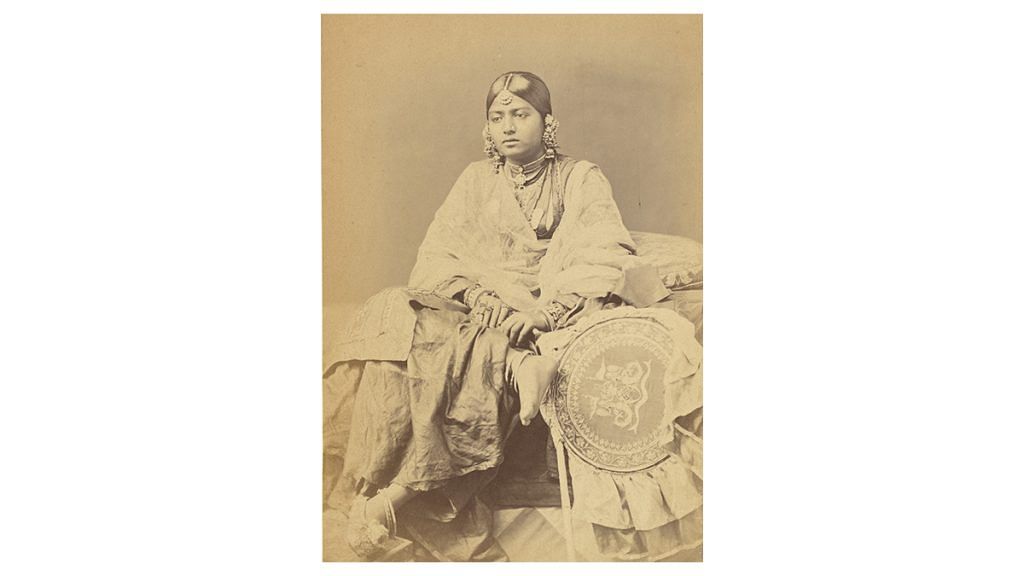
These oversights were likely a side effect of Ali’s focus on appealing to the nostalgia that had now become attached to Lucknow and its dancers in the minds of his audience, rather than on representational accuracy and consistency. The album is commonly acknowledged as one of the earliest products of a centuries-long popular fascination with the tawaifs of Indian courts.
Photographs from The Beauties of Lucknow are housed in the George Eastman Museum, New York; the Victoria and Albert Museum, London; the artist Amit Ambalal’s personal collection in Ahmedabad; the New York Public Library, USA; the Museum of Art and Photography (MAP), Bengaluru; and the Alkazi Collection of Photography, New Delhi, which holds the only complete Lucknow-published and Urdu edition of the book.
This article is taken from the MAP Academy‘s Encyclopedia of Art with permission.
The MAP Academy is a non-profit, open-access educational platform committed to building equitable resources for the study of art histories from South Asia. Through its freely available digital offerings—Encyclopedia of Art, Online Courses, and Stories—it encourages knowledge-building and engagement with the visual arts of the region.



